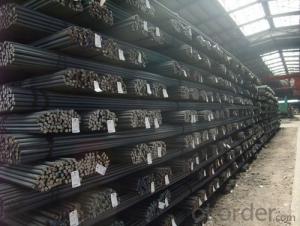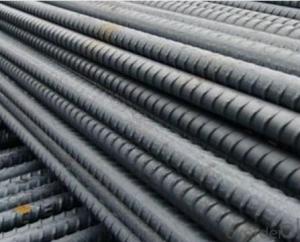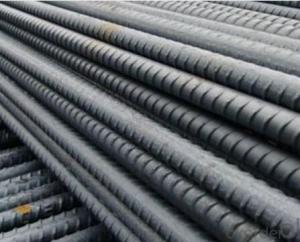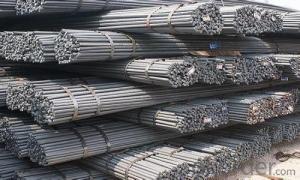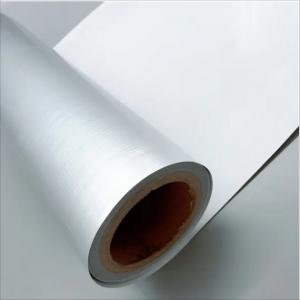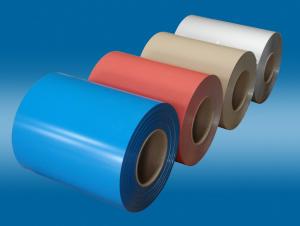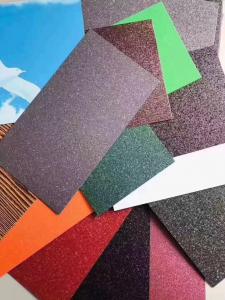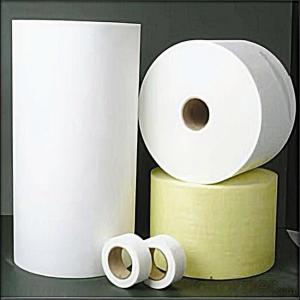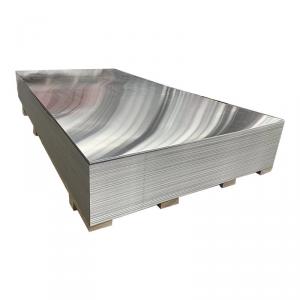Rebar Home Depot 3/8 - Hot Rolled Steel Rebars GB Standard
- Loading Port:
- Tianjin
- Payment Terms:
- TT or LC
- Min Order Qty:
- 50 m.t.
- Supply Capability:
- 100000 m.t./month
OKorder Service Pledge
OKorder Financial Service
You Might Also Like
OKorder is offering Hot Rolled Steel Rebars GB Standard at great prices with worldwide shipping. Our supplier is a world-class manufacturer of steel, with our products utilized the world over. OKorder annually supplies products to African, South American and Asian markets. We provide quotations within 24 hours of receiving an inquiry and guarantee competitive prices.
Product Applications:
Hot Rolled Steel Rebars GB Standard are ideal for structural applications and are widely used in buildings, bridges, roads and other engineering construction. Big to highways, railways, bridges, culverts, tunnels, public facilities such as flood control, dam, small to housing construction, beam, column, wall and the foundation of the plate, deformed bar is an integral structure material..
Product Advantages:
OKorder's Hot Rolled Steel Rebars GB Standard are durable, strong, and wide variety of sizes.
Main Product Features:
· Premium quality
· Prompt delivery & seaworthy packing (30 days after receiving deposit)
· Can be recycled and reused
· Mill test certification
· Professional Service
· Competitive pricing
Product Specifications:
Standard | GB UK USA | HRB335 HRB400 HRB500 G460B, B500A, B500B,B500C GR40, GR60 | |
Diameter | 6mm,8mm,10mm,12mm,14mm,16mm,18mm,20mm, 22mm,25mm,28mm,32mm,36mm,40mm,50mm | ||
Length | 6M, 9M,12M or as required | ||
Invoicing | Actual or Theoretical Weight Basis as buyer’s request. | ||
Type | Hot rolled steel rebar | ||
Diameter(mm) | Section area (mm²) | Mass(kg/m) | Weight of 12m (kg) | Pcs/ton |
6 | 28.27 | 0.222 | 2.664 | 375.38 |
8 | 50.27 | 0.395 | 4.74 | 210.97 |
10 | 78.54 | 0.617 | 7.404 | 135.06 |
12 | 113.1 | 0.888 | 10.656 | 93.84 |
14 | 153.9 | 1.21 | 14.52 | 68.87 |
16 | 201.1 | 1.58 | 18.96 | 52.74 |
18 | 254.5 | 2.00 | 24 | 41.67 |
20 | 314.2 | 2.47 | 29.64 | 33.74 |
22 | 380.1 | 2.98 | 35.76 | 27.96 |
25 | 490.9 | 3.85 | 46.2 | 21.65 |
28 | 615.8 | 4.83 | 57.96 | 17.25 |
32 | 804.2 | 6.31 | 75.72 | 13.21 |
36 | 1018 | 7.99 | 98.88 | 10.43 |
40 | 1257 | 9.87 | 118.44 | 8.44 |
50 | 1964 | 15.42 | 185.04 | 5.40 |
FAQ:
Q1: How many tons of steel products could be loaded in containers?
A1: Usually the steel products are delivered by bulk vessel because of the large quantity and the freight. However, there are no bulk vessel enter some seaports so that we have to deliver the cargo by containers. The 6m steel product can be loaded in 20FT container, but the quantity is changed according to the size, usually from 18tons to 25tons.
Q2: How do we guarantee the quality of our products?
A2: We have established an advanced quality management system which conducts strict quality tests at every step, from raw materials to the final product. At the same time, we provide extensive follow-up service assurances as required.
Q3: How soon can we receive the product after purchase?
A3: Within three days of placing an order, we will arrange production. The normal sizes with the normal grade can be produced within one month. The specific shipping date is dependent upon international and government factors, the delivery to international main port about 45-60days.
Images:
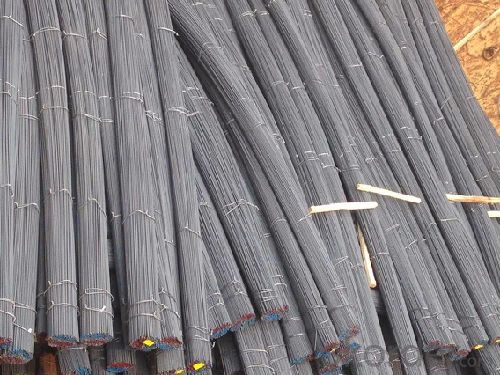
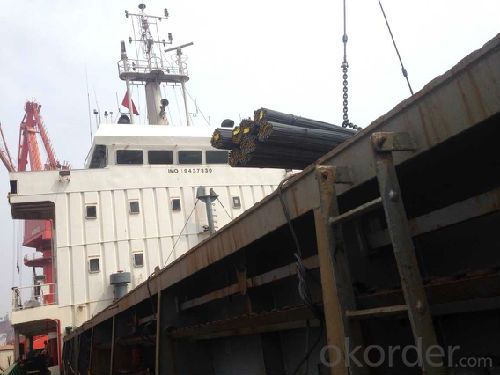
- Q:What is the importance of proper anchoring of steel rebars in concrete?
- The proper anchoring of steel rebars in concrete is crucial for ensuring the structural integrity and stability of the concrete structure. When rebars are not properly anchored, they may become loose or detached from the concrete, leading to potential structural failure, especially under heavy loads or seismic activity. Proper anchoring helps to distribute stress and load evenly throughout the concrete, preventing cracks, displacement, and collapse. It also enhances the bond between the steel and concrete, improving the overall strength and durability of the structure.
- Q:Can steel rebars be used in structures with high levels of carbonation or acid attack?
- Steel rebars should not be used in structures with high levels of carbonation or acid attack. Carbonation occurs when carbon dioxide from the atmosphere reacts with the alkaline compounds in concrete, resulting in the reduction of the concrete's pH level. This process can lead to the corrosion of steel rebars, as the lower pH levels create an acidic environment that promotes rusting. Similarly, acid attack occurs when structures come into contact with acidic substances, such as industrial chemicals or acid rain. Acidic environments accelerate the corrosion process by further reducing the pH levels of the concrete, increasing the risk of steel rebar deterioration. To prevent these issues, alternative materials like stainless steel, epoxy-coated rebars, or fiber-reinforced polymer rebars can be used in structures exposed to high levels of carbonation or acid attack. These materials have enhanced corrosion resistance properties, providing better durability in challenging environments. It is crucial to consider the specific conditions in which the structure will be exposed and consult with structural engineers to select the most suitable materials for long-term performance and safety.
- Q:What are the guidelines for proper handling and disposal of steel rebars on construction sites?
- The guidelines for proper handling and disposal of steel rebars on construction sites include wearing appropriate personal protective equipment (PPE) such as gloves and safety glasses, using proper lifting techniques to avoid injury, storing rebars in a designated area away from workers and equipment, and disposing of them in accordance with local regulations, which may require recycling or proper disposal in designated waste sites.
- Q:What is the process of inspecting steel rebars for quality control?
- To ensure that steel rebars meet the required standards and specifications, the quality control inspection process encompasses various steps. Below is a general outline of the process: 1. Visual Inspection: Initially, the rebars undergo visual inspection to identify any visible defects such as cracks, surface imperfections, or irregular shapes and sizes. This can be done manually or by utilizing automated systems that employ image processing techniques to detect defects. 2. Measurement and Dimensional Inspection: The dimensions of the rebars, including length, diameter, and shape, are measured using calibrated instruments such as calipers, gauges, or laser-based devices. These measurements are then compared to specified tolerances to ensure compliance. 3. Chemical Analysis: A sample of rebars is taken and subjected to chemical analysis to determine the steel's composition. This involves measuring the levels of carbon, manganese, sulfur, phosphorus, and other elements. The results are then compared to the required chemical composition specified in the standards. 4. Mechanical Testing: The mechanical properties of the rebars, such as tensile strength, yield strength, elongation, and bendability, are crucial for construction purposes. Samples are extracted from the batch and tested in a laboratory using standardized tests, such as tensile testing machines, to ensure they meet the specified requirements. 5. Corrosion Resistance Testing: Since rebars are often exposed to harsh environmental conditions, assessing their resistance to corrosion is essential. This can be achieved through tests like salt spray testing or electrochemical methods, which measure the rebars' corrosion resistance and ensure their long-term strength. 6. Weldability Testing: If the rebars are intended for welding applications, their ability to form a strong and defect-free weld joint is assessed. This includes evaluating their weldability through visual inspection, bend tests, or even destructive testing of welded samples. 7. Documentation and Certification: Throughout the inspection process, detailed records of measurements, test results, and observations are documented. If the rebars pass all quality control tests, a certification or quality control report is issued, confirming that they meet the required standards and specifications. It is important to note that the specific inspection procedures may vary depending on the applicable standards, project requirements, and the type of rebar being inspected. Furthermore, these inspections can be conducted by internal quality control teams or independent third-party inspection agencies to ensure impartiality and accuracy of the results.
- Q:What is the effect of vibration on steel rebars?
- The effect of vibration on steel rebars is generally positive as it helps to compact the concrete around the rebars, enhancing their bonding and improving the overall strength and durability of the reinforced concrete structure. Vibration also helps to remove air voids and excess water, resulting in a more dense and uniform concrete mixture.
- Q:What is the role of steel rebars in the construction of wastewater treatment plants?
- Steel rebars play a crucial role in the construction of wastewater treatment plants as they provide structural reinforcement to the concrete used in the plant's foundations, walls, and other structural components. This reinforcement ensures the structural integrity of the plant, enabling it to withstand the heavy loads and harsh environmental conditions associated with wastewater treatment operations. Additionally, steel rebars help prevent cracking and improve the overall durability and longevity of the wastewater treatment plant.
- Q:What are the guidelines for using steel rebars in pre-stressed or post-tensioned concrete elements?
- The guidelines for using steel rebars in pre-stressed or post-tensioned concrete elements include ensuring the rebars meet the required specifications and standards for strength, size, and corrosion resistance. They should be properly anchored and positioned within the concrete element according to the design specifications. Additionally, care should be taken to avoid damaging or stressing the rebars during the construction process, and proper curing and protection measures should be implemented to prevent corrosion and ensure the longevity of the structure.
- Q:What are the different grades of steel rebars available?
- The different grades of steel rebars available include Grade 40, Grade 60, Grade 75, and Grade 80, which indicate the minimum yield strength of the rebars in thousands of pounds per square inch (ksi).
- Q:Can steel rebars be used in marine construction?
- Yes, steel rebars can be used in marine construction. However, it is important to use corrosion-resistant rebars, such as epoxy-coated or stainless steel rebars, to prevent corrosion from saltwater exposure.
- Q:How are steel rebars used in parking structures?
- Steel rebars are used in parking structures to reinforce the concrete and provide structural strength. They are typically embedded within the concrete to ensure that the structure can withstand heavy loads and resist any potential cracks or damages. The rebars help distribute the weight evenly, enhancing the overall stability and durability of the parking structure.
1. Manufacturer Overview |
|
|---|---|
| Location | |
| Year Established | |
| Annual Output Value | |
| Main Markets | |
| Company Certifications | |
2. Manufacturer Certificates |
|
|---|---|
| a) Certification Name | |
| Range | |
| Reference | |
| Validity Period | |
3. Manufacturer Capability |
|
|---|---|
| a)Trade Capacity | |
| Nearest Port | |
| Export Percentage | |
| No.of Employees in Trade Department | |
| Language Spoken: | |
| b)Factory Information | |
| Factory Size: | |
| No. of Production Lines | |
| Contract Manufacturing | |
| Product Price Range | |
Send your message to us
Rebar Home Depot 3/8 - Hot Rolled Steel Rebars GB Standard
- Loading Port:
- Tianjin
- Payment Terms:
- TT or LC
- Min Order Qty:
- 50 m.t.
- Supply Capability:
- 100000 m.t./month
OKorder Service Pledge
OKorder Financial Service
Similar products
New products
Hot products
Hot Searches
Related keywords
